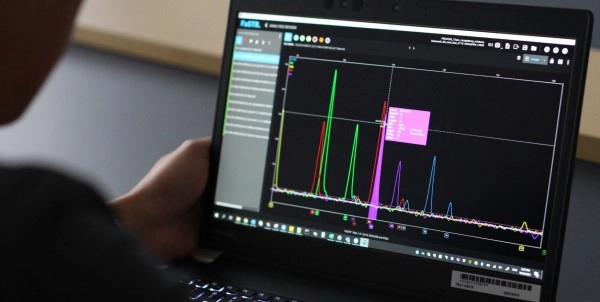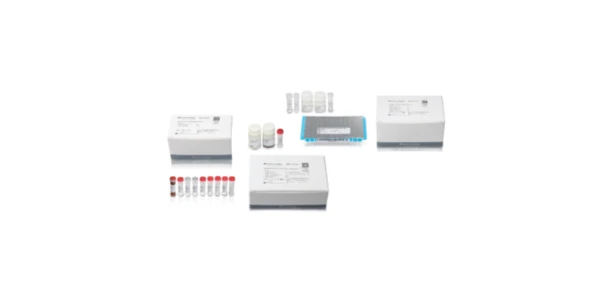New Version of DBLR™ Software Released
Investigative application rapidly calculates likelihood ratios in DNA evidence
WASHINGTON, DC — The team that created ground-breaking forensic software STRmix™ is launching a new version of DBLR™, its investigative application for rapidly calculating likelihood ratios (LRs) in DNA evidence.
When used in conjunction with STRmix™—which has gained worldwide acceptance for its ability to resolve mixed DNA profiles previously regarded as too complex or degraded to interpret—DBLR™ v1.3 enables forensic laboratories to:
- Apply Population Stratification and utilize sequence-based data (including mixture deconvolutions) in the Kinship, Search Database, and Explore Deconvolution modules;
- Use the novel batching tool within the Kinship module to apply calculations to many samples in one go; and
- Leverage probabilistic links within the Kinship module to probabilistically condition on the presence of a sample donor.
 Forensic labs using DBLR™ v1.3 with STRmix™ are able to visualize the value of DNA mixture evidence,
undertake mixture-to-mixture comparisons, and achieve superfast database
searches. DBLR™ also provides increased accessibility since it can run on a user’s PC
without the need for high-performance computing.
Forensic labs using DBLR™ v1.3 with STRmix™ are able to visualize the value of DNA mixture evidence,
undertake mixture-to-mixture comparisons, and achieve superfast database
searches. DBLR™ also provides increased accessibility since it can run on a user’s PC
without the need for high-performance computing.
“The new version of DBLR™ allows users of the Kinship module to be more productive by setting up batch calculations,” says Dr. Maarten Kruijver, developer of DBLR™. “In addition, the ability to utilize sequence-based inputs within the Kinship, Search Database, and Explore Deconvolution modules is now available.”
Dr. Duncan Taylor, Chief Scientist—Forensic Statistics at Forensic Science SA (and co-developer of STRmix™), notes, “Since having gone live in casework with DBLR™, we have found DBLR™ very useful for multiple applications, including performing unidentified human remains identification, saving our analysts hours of manual kinship calculations. It is also extremely effective in generating intelligence for cold cases when looking at profiles that span multiple items and may contain related or common DNA donors.”
Like previous versions of DBLR™, v1.3 can undertake direct comparison of one (or many) components of a forensic DNA mixture to a database of known individuals, carry out familial searching, search for common contributors, and determine genotypes of most like contributors to a profile.
DBLR™ can also: visualize the value of evidence; manage automated searches for one or many DNA profiles against one or many databases of known individuals; manage databases of known contributors and STRmix™ deconvolutions from unsolved casework; combine multiple evidence profiles; build any pedigree imaginable and calculate LRs; model linkage, mutation, and FST in the Kinship module; and assign LRs within the Kinship module for single source profiles containing both STR and SNP loci generated using Next Generation Sequencing (NGS) technology.
STRmix™, DBLR™, and a third software package developed by the STRmix™ team, FaSTR™ DNA, complete the full workflow from analysis to interpretation and database matching. FaSTR™ DNA rapidly analyzes raw DNA data generated by genetic analyzers and standard profiling kits and assigns a number of contributors (NoC) estimate.
The effectiveness of these solutions, coupled with the highly successful track record STRmix™ has established in producing usable, interpretable, and legally admissible DNA evidence in more than 380,000 criminal cases, has led to their widespread adoption in forensic labs worldwide.
Currently, 80 federal, state, and local agencies in the US regularly use STRmix™ for DNA analyses. Internationally, STRmix™ is now being used by 26 forensic laboratories, including labs in Canada, the United Kingdom, Europe, Asia, the Middle East, and the Caribbean, as well as all state and territory forensic labs in New Zealand and Australia.
For more information about STRmix products, visit www.strmix.com.










